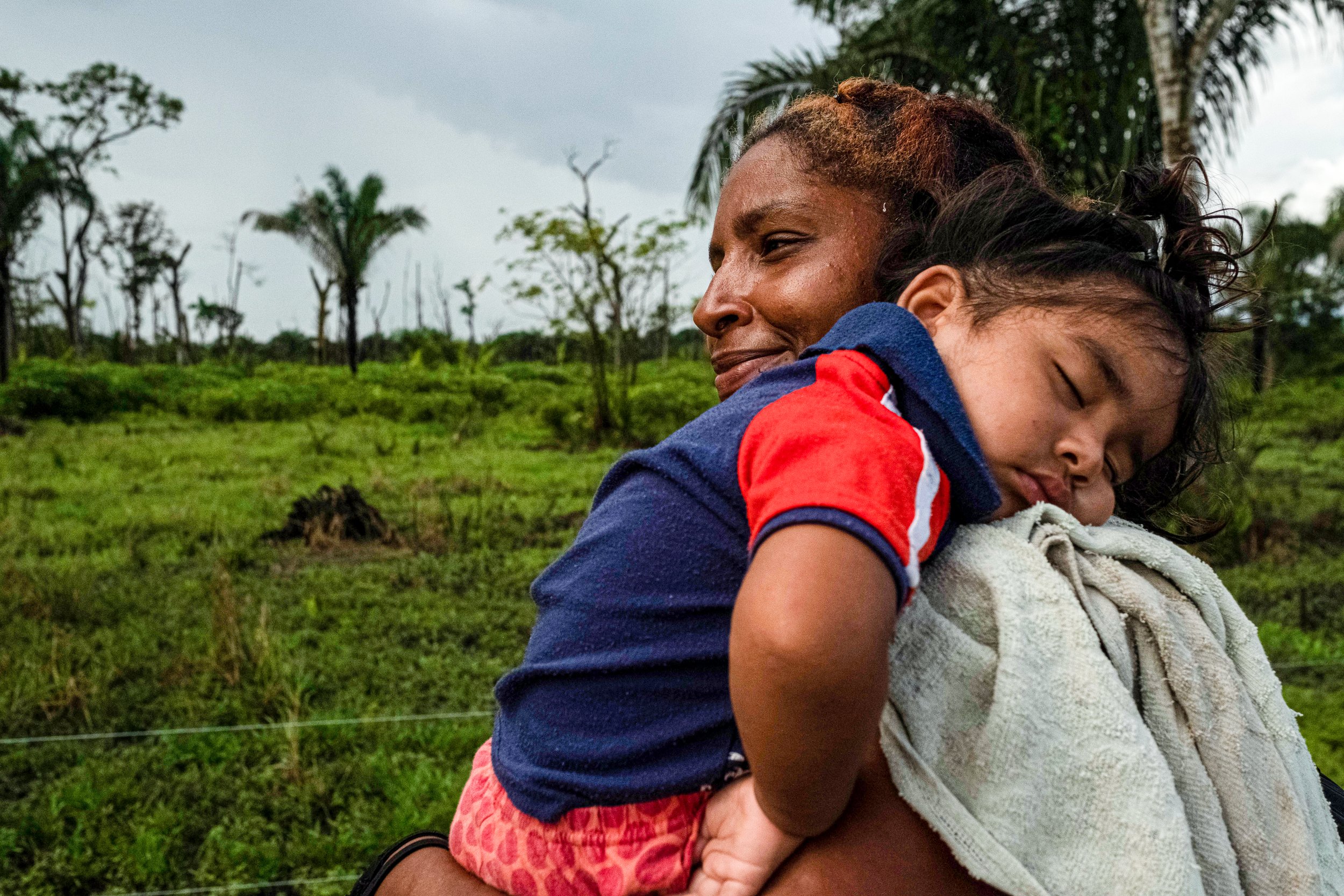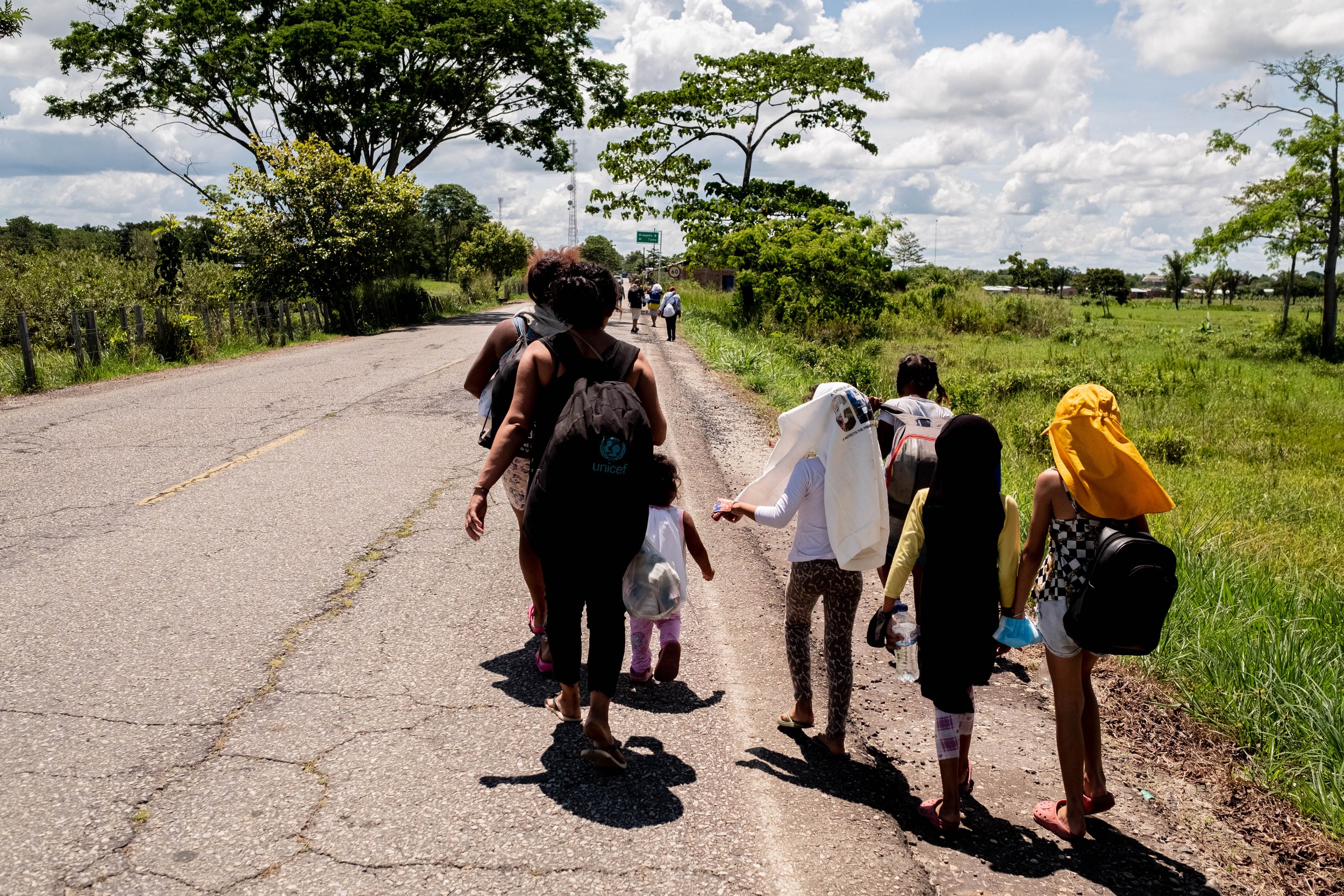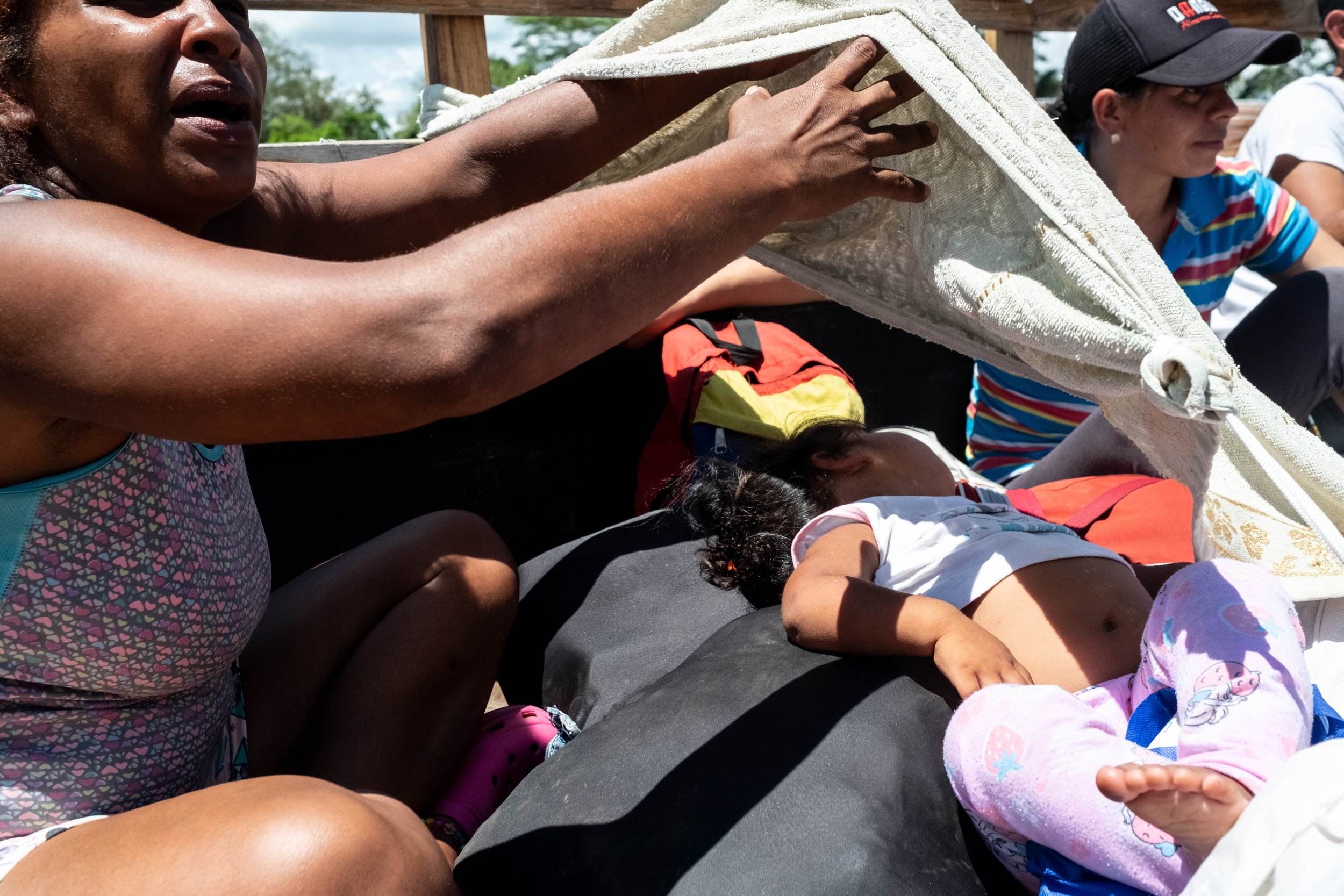"Caminantes" walkers
The Latin America and Caribbean region has seen the largest flow of migrants and refugees in its history. Over seven million people have left Venezuela since 2015, and over 2.8 million to date have sought refuge in Colombia. The COVID-19 pandemic exacerbated pre-existing inequalities and increased the vulnerability of refugees and migrants in society. The effects on the living conditions, dignity, and health of the migrants and their host community, in this case, Colombia, have been extensive.
The ongoing humanitarian emergency in Venezuela continues to drive citizens to flee their homes to other parts of Latin America and even to cross the Darién Gap, one of the most dangerous strips in the world that connects South and Central America, where thousands keep loosing their lives while crossing it to get to the United States and achieve the “American dream.” Due to a lack of economic resources many have to walk for hundreds of kilometers. These are referred to as "caminantes" which translates to walkers in English.
While traveling on major highways in Colombia, the "caminantes" frequently come across large cargo trucks and busy roads, putting them at risk. Many of them also catch rides during some parts of their journey, often in the back of trucks where safety measures are lacking. Hitchhiking is a crucial method they depend on, but it brings up several safety concerns, especially for those traveling alone, women, and children. Many migrants in groups also hitch rides on trucks or bigger vehicles, but this means they have little to no control over where they end up.
They encounter serious safety risks like being exposure to extortion, being taken advantage of, experiencing physical and sexual harm, and struggling to find help. It's tough for aid groups to reach them due to challenges in getting to Venezuela and parts of Colombia with conflicts. This makes it harder for the "caminantes" to get the assistance they need.
Making low-cost transportation available, offering financial help or vouchers that can be used for buses, or arranging special transportation through humanitarian groups would really help decrease the number of people walking and facing risks. "Caminantes" need safe places to stay, food, drinking water, hygiene items, and medical care.
In capturing the profound journeys of the “caminantes,” I've witnessed the indomitable human spirit, resilience in the face of adversity, and the relentless pursuit of hope. These photographs offer a glimpse into the lives of those who have walked countless kilometres, braved perilous routes, and faced unimaginable challenges.
As I conclude–for now– this visual narrative, I invite you to reflect on the strength of individuals who embark on these arduous journeys, often leaving behind the familiar for the unknown. Let their stories serve as a reminder of the enduring human capacity for hope, compassion, and solidarity.














